Tata Literature Live!
Writing for Children: Stories of Him, Her & The Other

Deepti Thomas
November 21, 2017
This article is part of our special coverage of Tata Lit Live!, a Bombay-based lit fest held between November 16, 2017, and November 19, 2017.
What we read to our children, and how gender and role models are represented, is very important in shaping their views in the future. To take on this heavy topic, Tata Literature Live! put together a panel consisting of Priya Kuriyan (book writer and illustrator); Ranjit Lal (author of Faces In The Water and winner of the Ladli National Media Award); and Sowmya Rajendran (co-author of Mayil Will Not Be Quiet and winner of the prestigious Sahitya Akademi’s Bal Sahitya Puraskar in 2015). The session was chaired by Swaha Sahoo, who leads the Parag initiative of Tata Trusts.
There has been a shift in the portrayal of girls in novels. Gone are the days when a girl was a supporting character attributed to either looking pretty or being a damsel in distress seeking a hero to rescue her. In Lal’s books, the protagonists are often feisty girls – ordinary girls with extraordinary grit.
While growing up, Rajendran used to relate to the boy characters in Enid Blyton novels. When she co-authored Mayil Will Not Be Quiet with Niveditha Subramaniam, she wanted to “keep it real”. Before it got published and won them the Bal Sahitya Puraskar in 2015, it was rejected by most publishers for mentioning menstrual blood and talking about sex and sexuality. All panellists agreed that these days there is a shift in the outlook of independent publishers who are willing to publish books that address the simple realities of life.
Sahoo commented that while the English Literature scene has moved on to represent different facets of a girl’s personality, much of Hindi Literature still focusses on the nurturing attribute of girl characters.
Lal made an important point at this juncture of not turning girls into boys. When you start writing with girls as your protagonists, the idea is to not present them as ‘as good as the boys’. Girls can have short hair and ride bikes, while being dainty, elegant, and have other ‘typical’ girl characteristics.
Lal does his best to break gender stereotypes. In one of his novels, a boy is mocked by his friends for cooking with his mother. He then goes on a camping trip with his friends, where they get lost. Although they manage to catch a fish, it is this boy who comes to the rescue, as no one else knows how to cook it.
Lal and the other panellists stressed on the fact that while parenting, it is important to let children be who they are and not make them engage in what adults think are gender appropriate activities. Neither playing with dolls nor learning karate makes a girl any more or less of a girl, and the same can be said for boys.
Kuriyan integrates aspects of gender normalizing in her books by illustrating a female pilot, or a wife taller than her husband. She also tries to normalise skin colour issues by showing a family with children of varying skin colours as that is the reality. She illustrates lingerie and nighties hanging in the bathroom as seen in the bathrooms of various families. All these exist in her books, like Ammachi’s Glasses, in a very normal way without overtly drawing attention to them but at the same time making a point that there is nothing odd about them.
Facilitators like parents, teachers, and librarians play a huge role in filtering the books children read and often present a lopsided view of the world today. Rajendran recalls a time when a 14-year-old girl was aghast at the mention of menstrual blood in her book. She took the time to explain to the young girl how it wasn’t a stigma to talk about these things or mention them in a young adults’ books. Another young reader mentioned that while she was fine with reading about it, she didn’t want her younger brother exposed to it. Although she didn’t elaborate on it, she told us about a boy who confessed that he related to the menstruating girl in her book.
All the speakers agreed that facilitators and publishers contribute to this, albeit unknowingly, by demarcating reading material as books for boys and books for girls. They were of the opinion that one shouldn’t fear kids reading certain books. Instead, facilitators should encourage conversations and debate with the kids after they have finished reading the books.
Sahoo asked about the challenges the authors faced when they sent their manuscript to publishers. Rajendran never thinks of the parents or the publishers while writing her books. “If you want to write something,” she says, “you shouldn’t hold back because you think the parents won’t pick it up”. Kuriyan had a pleasant experience with the publishers who convinced her to change her book into a wordless illustration and to let her pictures convey the beauty of her story. The change worked in her favour.
After receiving feedback, Lal’s publisher made him change the character in his book Smitten from a sexually abusive father to that of a stepfather. Another time, Lal related how a publisher was unhappy with a swear word used in his novel. “Go to any school playground”, Lal says, “and you will see kids are normally using these words.”
Rajendran has reimagined the classic fairytales we grew up reading. In one of her stories, Rapunzel wanted to cut her long hair as it kept coming in the way while playing football. Her father was outraged by his daughter’s choice and locked her away in a tower. Along came a prince in a rainbow coloured cape (thereby giving parents the option to touch upon LGBTQ issues) who didn’t want to rescue the princess, and ultimately, Rapunzel not only rescued herself but also cut off her own hair with the prince’s sword. In a more serious story, Red Riding Hood was sexually abused by the big bad wolf- a metaphor for her grandfather; ultimately she and her grandmother escape in the story.
What was underlined time and again was how it is expected of authors to create a utopian world for children, falsely making them believe that’s how the ‘real’ world is. If anything, authors should portray reality through their fiction. Rajendran quipped that we shouldn’t think we can save our children from stereotypes; instead, if we listen to them, they are the ones who save us.
Stereotype neither the characters nor your audience. Let children choose the book they want to read and explore the literary world and interpret it as they see it. The panellists summarised the session by urging their audience to be enablers of analytical thinking for their children and the children around them and not fuel gender bias.
Do you think literature plays an important role in shaping how children think? Should authors be careful about how they depict gender roles while writing for children? Share with us in the comments below.
Receive articles like this in your inbox. Subscribe to our weekly newsletter and get the best of what to read from around the web.

Deepti Thomas
Deepti Thomas is a solo traveler and a storyteller at heart. She wonders if there is a Latin version of 'I write therefore I think'. She is often found lost in the passages of either a crime thriller or in the world of Tibetan Energy Medicine with the eternal hope of writing a book she would understand one day.
She works as a freelancer with The Curious Reader and also runs a home bakery for ketogenic desserts. Follow her on Instagram.


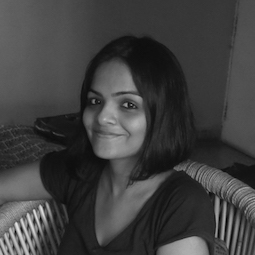

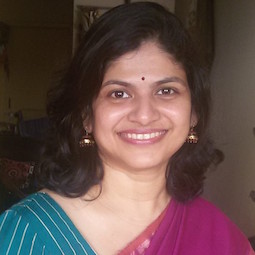
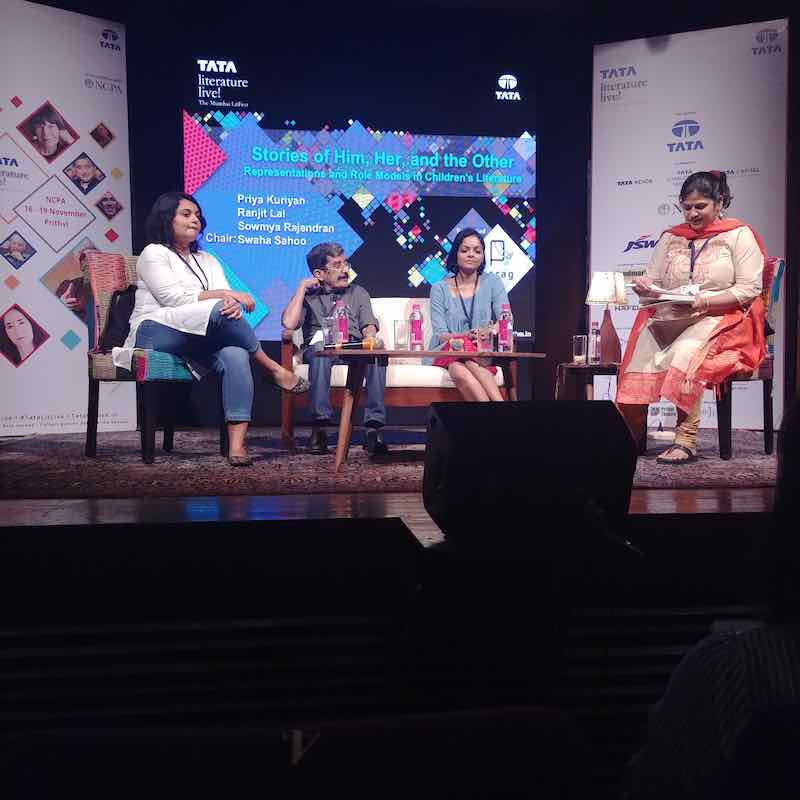
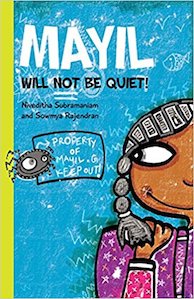
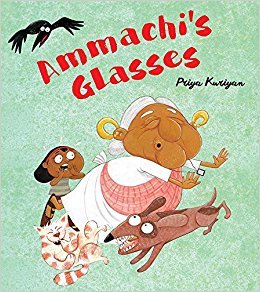
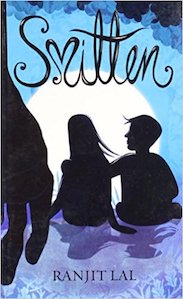
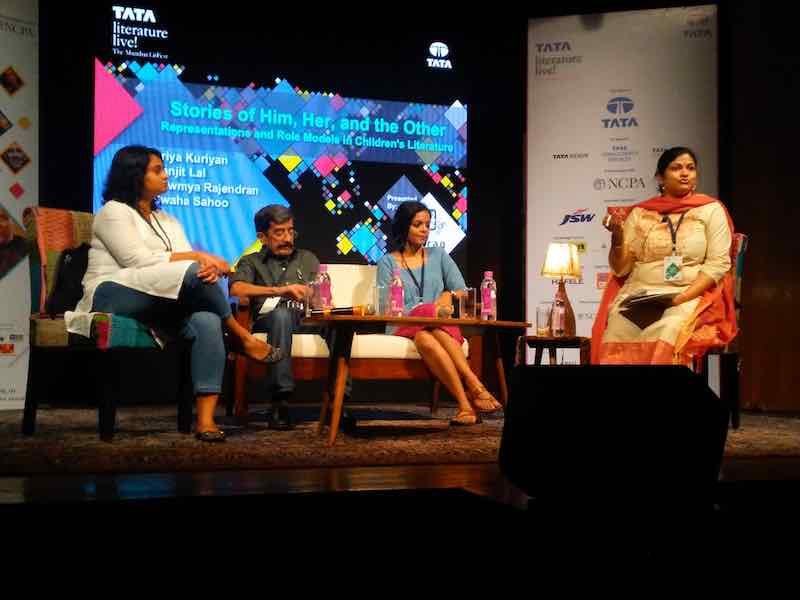

Check your inbox to confirm your subscription
We hate spam as much as you hate spoilers!